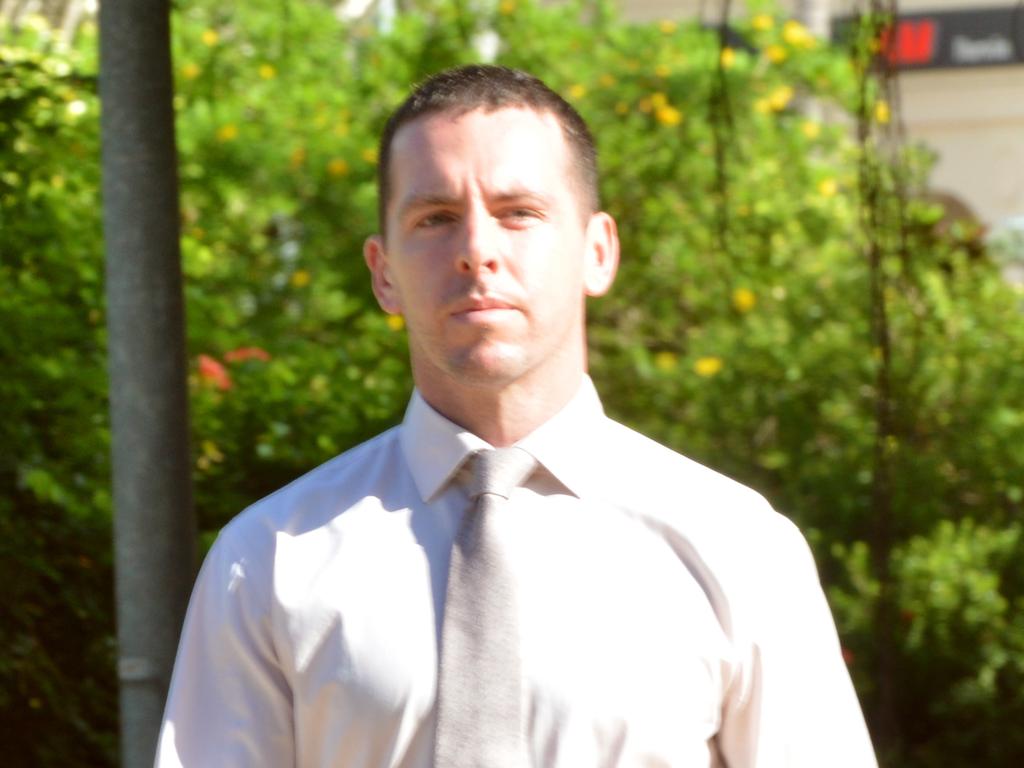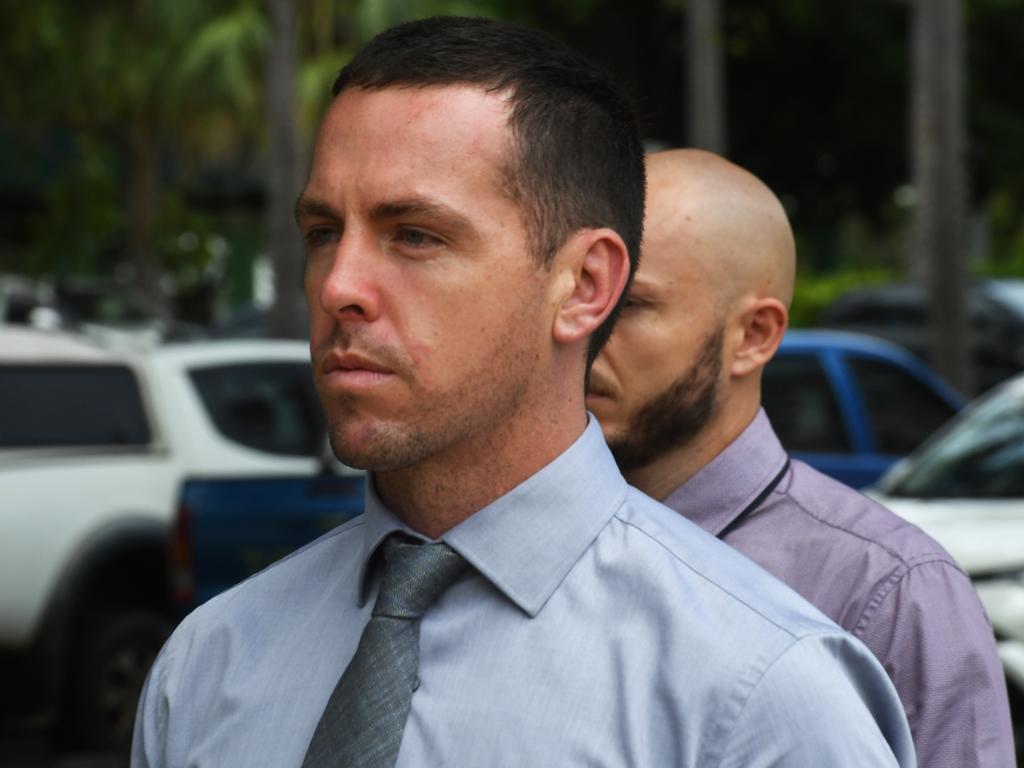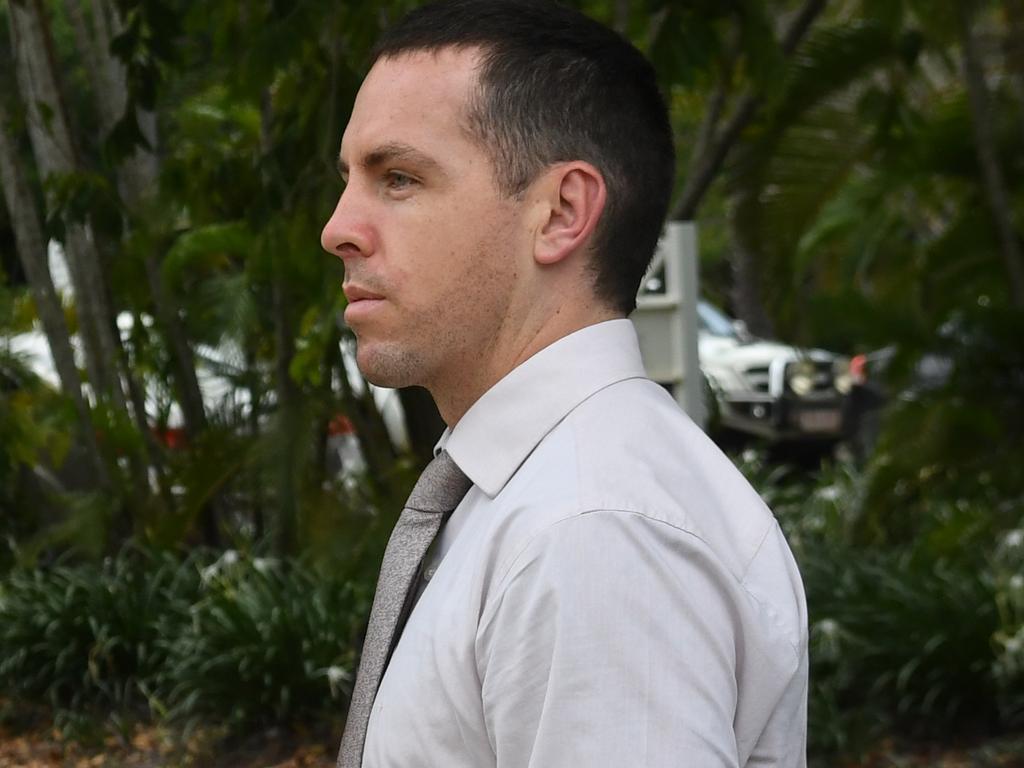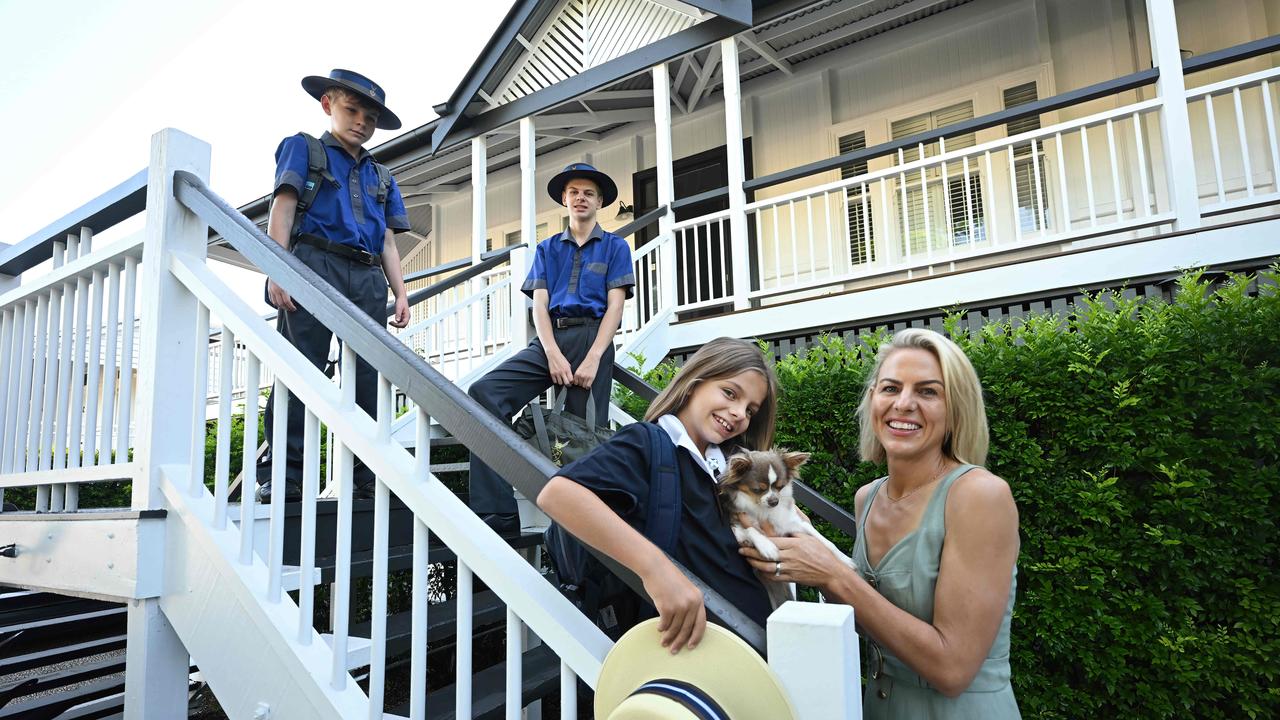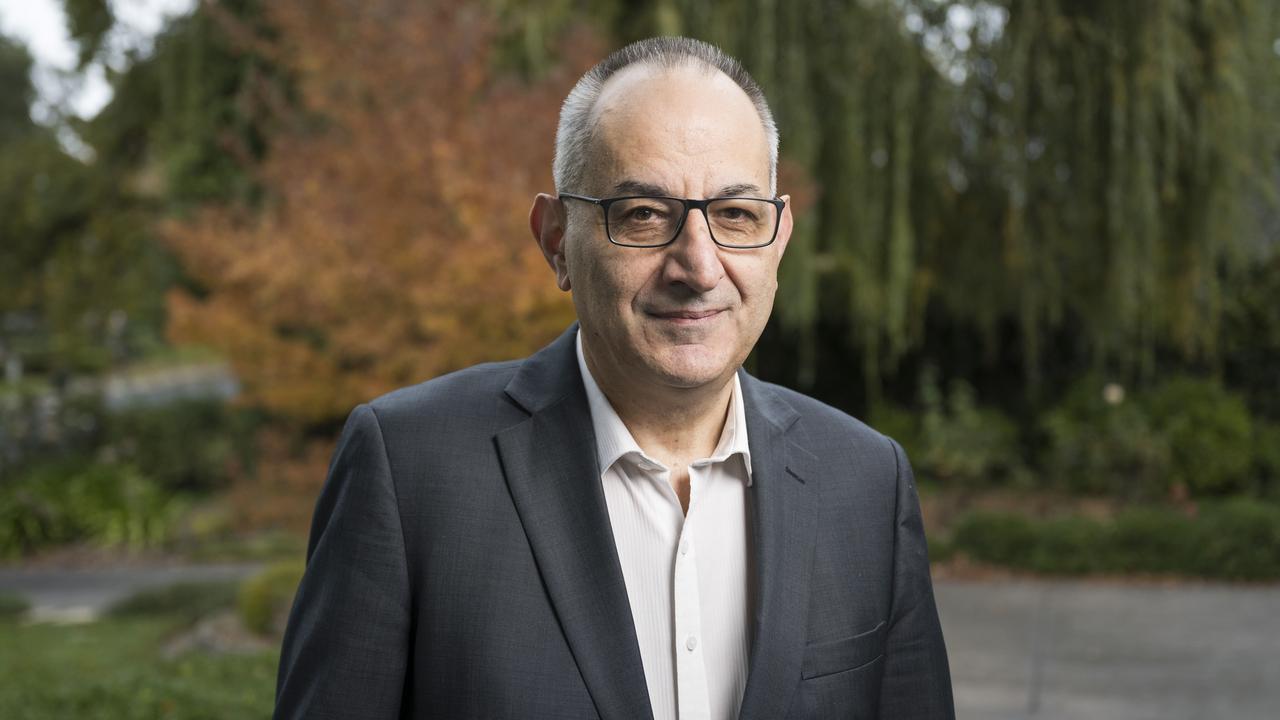Yuendumu: First shot failed to stop armed teen Kumanjayi Walker, court told
The first shot Zachary Rolfe fired into Kumanjayi Walker did not ‘incapacitate’ the Aboriginal teenager, who kept control of an ‘edged weapon’, a court has heard.

The first shot Zachary Rolfe fired into Kumanjayi Walker did not “incapacitate” the Aboriginal teenager, who retained control of an “edged weapon” capable of inflicting an injury that could cause death within minutes, a court has heard.
The expert evidence elicited from prosecution witnesses may become crucial in the defence of the young Northern Territory policeman.
The jury in Constable Rolfe’s murder trial has been repeatedly told about a police training maxim, “knife equals gun”.
Constable Rolfe shot Walker three times after the latter stabbed him with scissors during a botched attempted arrest in the troubled outback community of Yuendumu.
The jury has heard NT police officers are taught to draw their firearm if an offender produces anything “capable of penetrating … cutting, slashing or drawing blood”.
That could be a knife but could also be a pen, a credit card, some plastic or household keys.
They are taught to fire if necessary and to keep firing until the subject is “incapacitated”.
The term means no longer able to inflict harm on the officer or on another person.
The first time Rolfe shot Walker, he was struggling with Rolfe and another officer, Adam Eberl. When Rolfe fired twice more at “point-blank range”, Walker was lying on his side with Eberl crouched on top of him.

Defence and prosecution lawyers disagree about the extent to which Walker was “pinned” to the ground. The crown says while the first shot might have been self-defence, shots two and three amount to murder.
Keith Towsey, a burns and trauma surgeon with combat experience in the Australian Defence Force, said he would expect a “trained professional” to shoot at a person’s “centre of mass” and that doing so could cause serious harm or death.
“The idea being that you shoot at the centre of the target to try and hit a major vascular structure to try and cause as much bleeding as soon as possible to incapacitate your target,” he said.
Dr Towsey told the court that after reviewing body-worn video footage and a forensic pathologist’s report, he did not believe Rolfe’s first shot would have incapacitated Walker and could not determine if shots two and three (he deemed shot two fatal) “would have contributed to any immobility of the deceased’s right arm”.
The jury has heard Walker had the scissors in his right hand during and after the shooting.
Dr Towsey testified that a pair of scissors “could cause a fatal wound if applied to the right blood vessel”.
Kerrie Sutherland, an emergency specialist formerly attached to Alice Springs Hospital, treated Constable Rolfe after the Yuendumu incident. She testified the puncture wound he received was “less than three millimetres” and did not require stitches.
She said he presented at the hospital alert, with a full range of motion to his shoulder and not exhibiting any signs of pain.


